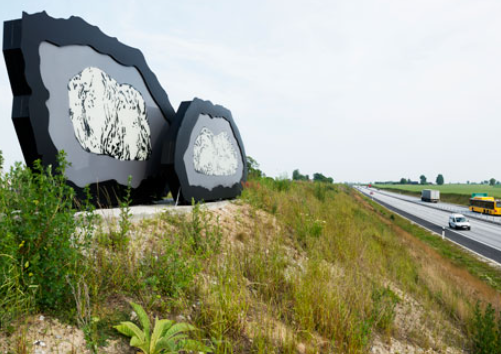Bernard Lassus: The Visionary Landscape Architect Transforming Urban Spaces
Landscape architecture is more than just designing gardens; it’s about crafting immersive environments that harmonize nature with human activity. Bernard Lassus stands out in this field for his unique approach, blending art, ecology, and architecture to create spaces that resonate with their surroundings. Understanding his work offers insights into how we can enhance both urban areas and natural landscapes.
Exploring The Philosophy Behind Lassus’s Work
Bernard Lassus believes that landscape architecture should serve not only aesthetic purposes but also foster a deeper connection between people and nature. His design philosophy emphasizes ecological sensitivity, drawing from the natural characteristics of a site to create spaces that feel organic and integrated. This approach encourages us to rethink the way we interact with our environment, promoting sustainability and ecological awareness in urban planning. By examining Lassus’s projects, we gain a clearer understanding of how thoughtful landscape design can influence our quality of life.
Signature Projects That Define His Career
Among his notable achievements, the landscaping of the Parc de la Villette in Paris stands out. Lassus transformed this once-neglected area into a vibrant cultural hub, emphasizing pathways and green spaces that invite social interaction. His work is characterized by an interplay of natural and artificial elements, challenging conventional notions of urban landscapes. Each project reflects his profound respect for the existing environment, ensuring that sites retain their unique identity while becoming functional public spaces. Through these initiatives, Lassus not only beautifies cities but also creates inclusive environments that encourage community engagement.
Impact on Modern Landscape Architecture
Lassus’s contributions extend beyond his projects; he has significantly influenced landscape architecture as a discipline. He advocates for the importance of landscape as a medium for artistic expression, inspiring a new generation of landscape architects to think creatively about their designs. By merging art and science, he pushes the boundaries of what is possible in landscape architecture, emphasizing that every project is an opportunity to connect people with their environments in meaningful ways. His teachings and projects serve as models for ecological restoration and urban development, encouraging architects and planners to integrate nature into their designs consciously.
In conclusion, Bernard Lassus’s work exemplifies the profound impact that thoughtful landscape architecture can have on our spaces and lives. By exploring his philosophy and projects, we can discover how to create environments that promote sustainability and foster community interaction. If you’re intrigued by the potential of landscape architecture, consider diving deeper into Bernad Lassus’s influential work and philosophy—you may find inspiration for your own projects or simply gain a greater appreciation for the spaces around you.

